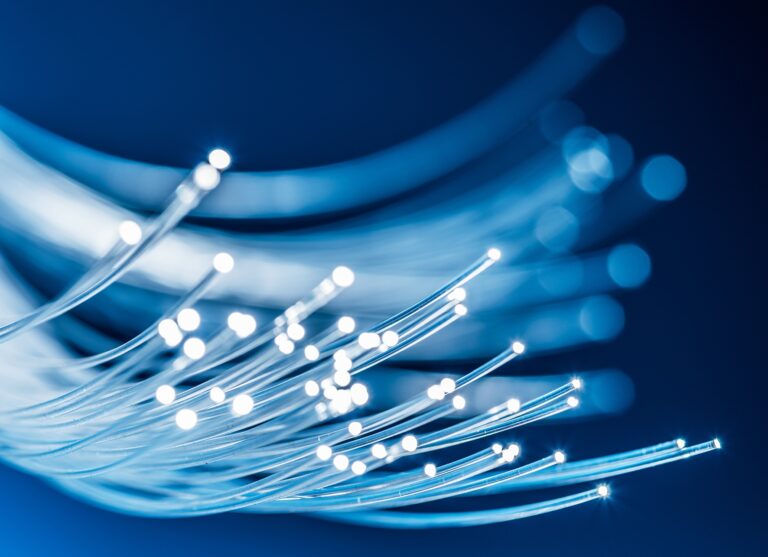Context
Plasmonics is based on the interaction between a light beam and the electrons inside metals. Not only are these metals mostly used in the fields of sensor technology and pollutant detection, but they also are in biomolecule identification.
Several lithography methods have been reported by scientific literature, including techniques based on the principle of interference. This invention applies to interference lithography using three coplanar beams of light, which is consequently a novelty, by comparison with the previous methods. Its competitive advantages are listed below.
Description
This method consists in subjecting resin to three successive exposures by the interference of three coplanar beams, including the modulation of their respective intensities. This exposure technique is often used to build high-symmetry “star-shaped” structures, which is expected to result in the amplification of the field, regardless of the polarisation state of the incident light beam. This type of structure is used in amplified detection techniques such as Raman spectroscopy (SERS) or infrared absorption (SEIRA).
Compared with the electronic lithography technique commonly used to create “star-shaped” structures, interference lithography allows for a fast and inexpensive structuration process compatible with large surfaces. This suggested method is not limited to the creation of “star-shaped” structures, but it also enables to create other structures by adjusting the respective phases of the three light beams.
Competitive advantages
Interference lithography:
- Low cost
- Maskless process
- Possibility of covering large surfaces
“Star-shaped” nanostructures:
- Linear response of the amplified signal
- Low sensitivity to polarisation
Markets and applications
Industries:
- 3D nano-structuration
- Chemical and biochemical sensors with amplified response (SERS, SEIRA)
- Security (counterfeiting of documents and objects)
Research team
University of Technology of Troyes / L2n laboratory (Lights, nanomaterials and nanotechnologies UTT/CNRS UMR7076)
Intellectual property
Patented technology
Target partnership
Patent licensing/transfer
Contact
Nicolas Richard
Project manager
+33 (0)6 15 36 85 49
nicolas.richard@sayens.fr

